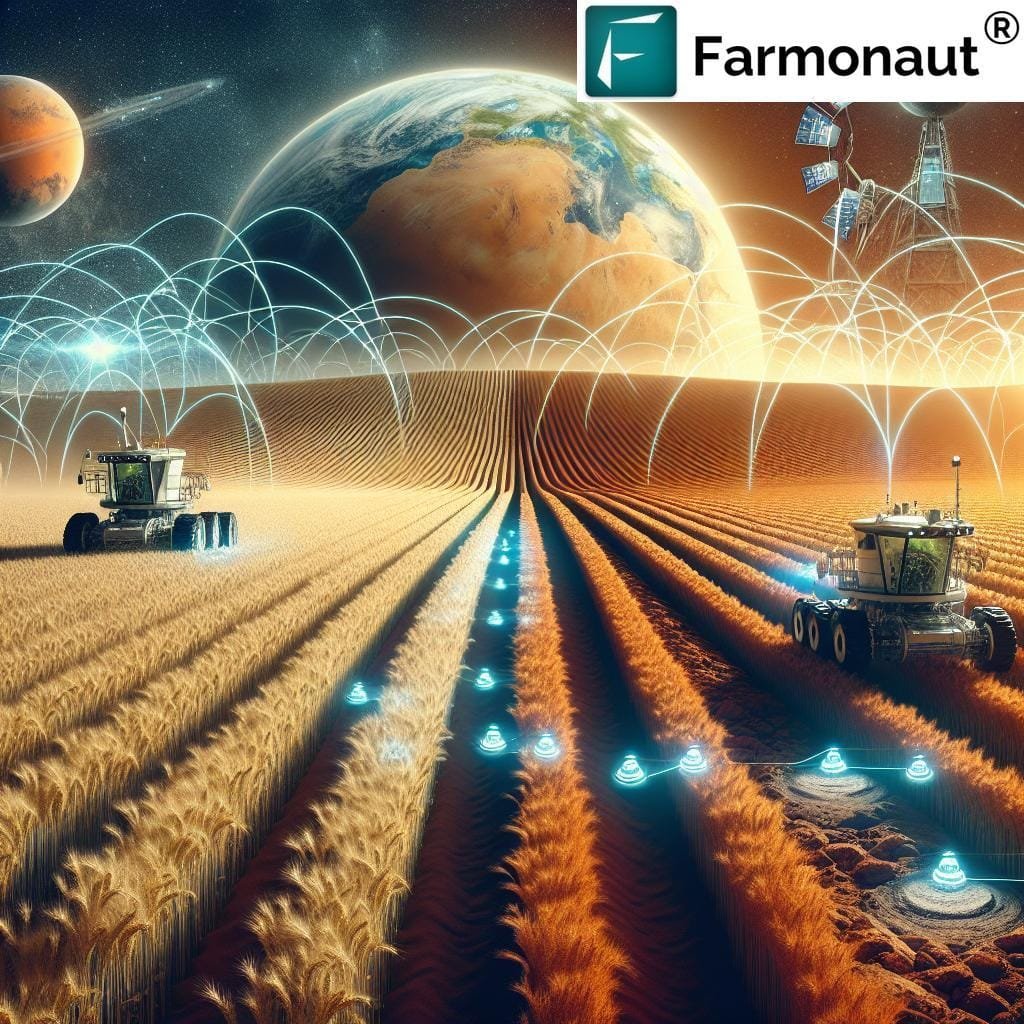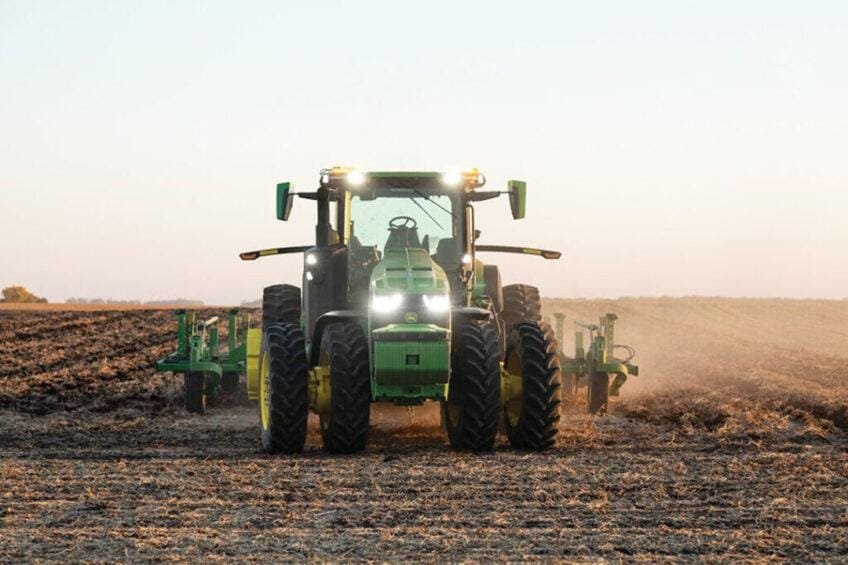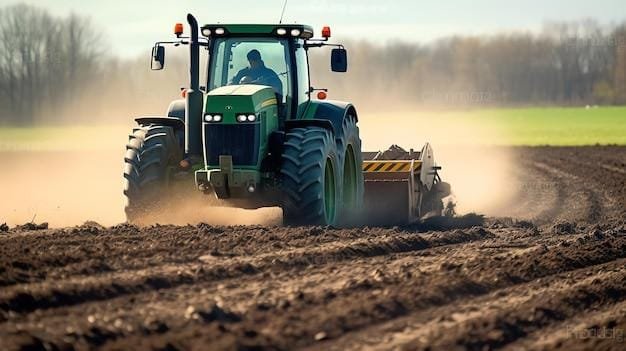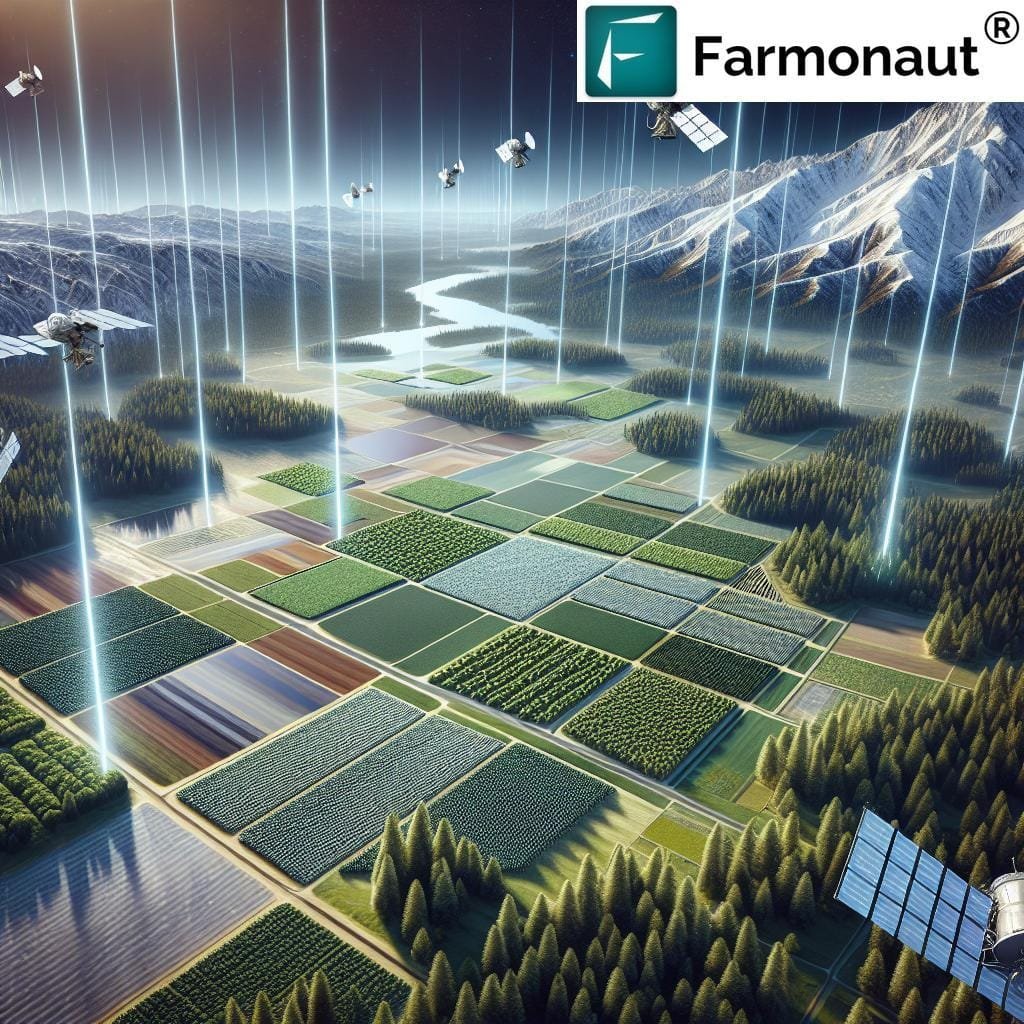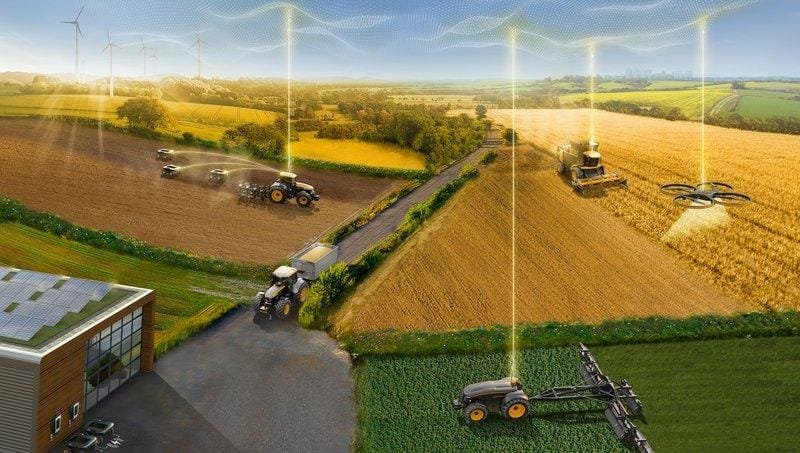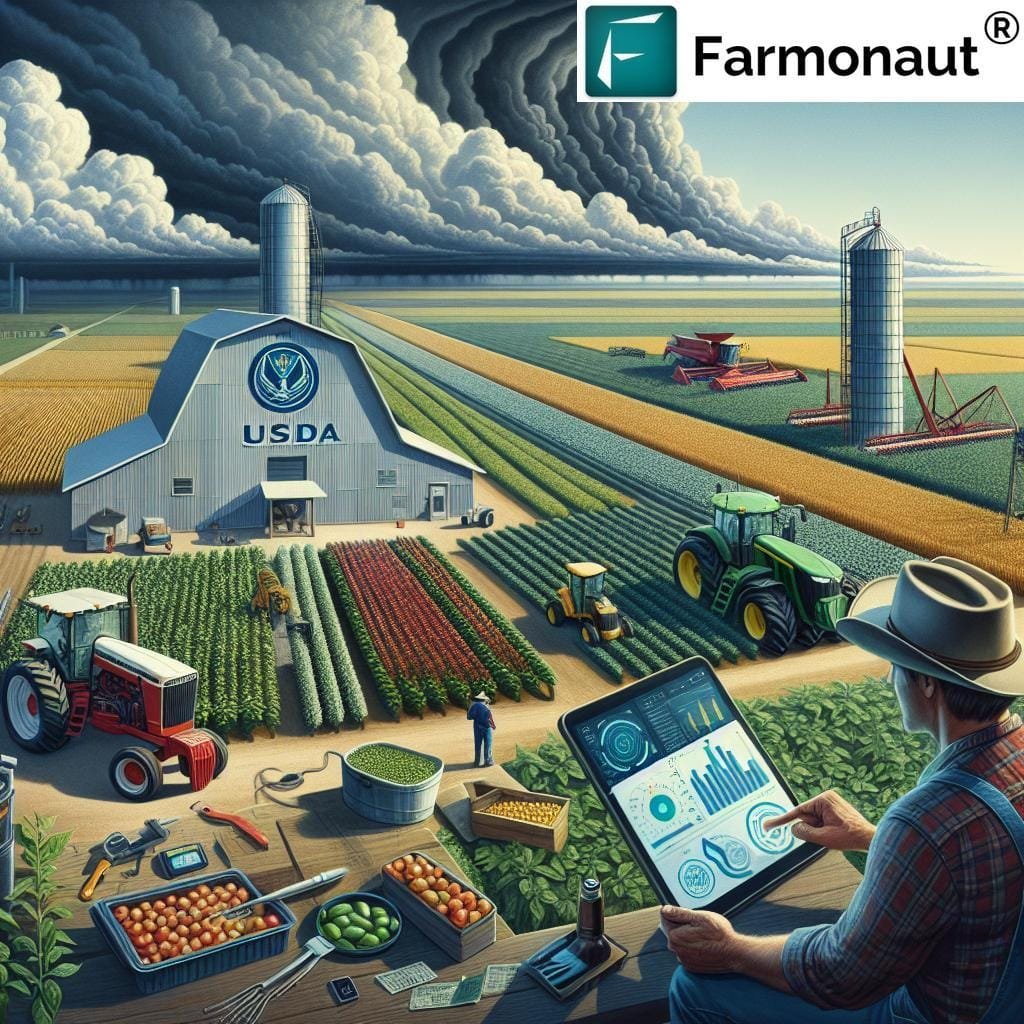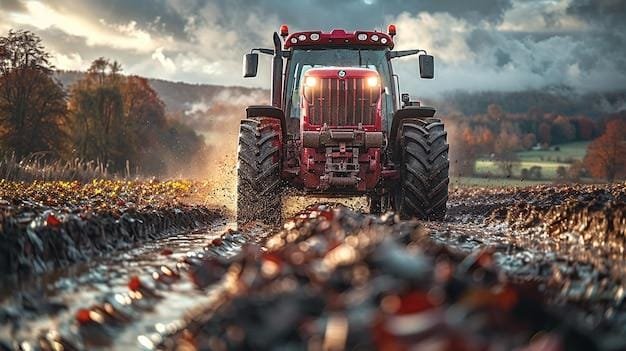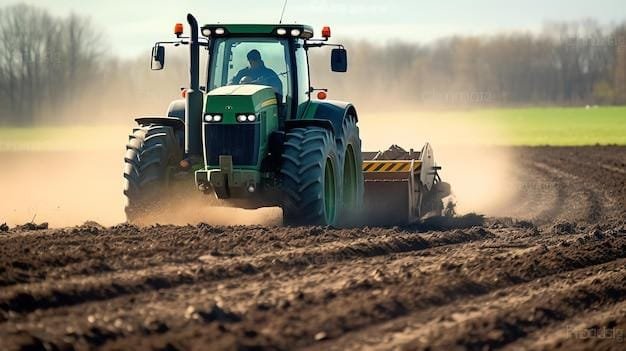Agricultural technology company FarmX has unveiled a new retrofit kit that transforms conventional tractors into autonomous vehicles. The system, which can be installed on most modern tractor models, combines GPS navigation, computer vision, and artificial intelligence to enable unmanned operation in farming tasks. This progress marks a meaningful step toward automated farming solutions that aim to address labor shortages and increase operational efficiency in agriculture. Agricultural technology has taken a significant leap forward with the introduction of a revolutionary aftermarket automation system designed to transform conventional tractors into autonomous farming machines. The innovative kit, developed by agtech startup FarmX, seamlessly integrates with existing farm equipment, offering farmers a cost-effective path to precision agriculture.
The conversion system comprises advanced sensors, GPS technology, and elegant control algorithms that enable tractors to operate independently across fields. Farmers can easily retrofit their current machinery without the substantial investment typically associated with purchasing new autonomous vehicles.
This breakthrough technology utilizes a combination of cameras, LiDAR sensors, and artificial intelligence to navigate fields precisely while performing various agricultural tasks. The system’s neural network processes real-time data to make informed decisions about steering, speed, and implement control, ensuring optimal performance in diverse farming conditions.
Installation of the kit takes approximately four hours and requires minimal technical expertise. The package includes a central processing unit, sensor array, actuator system for steering and transmission control, and a user-pleasant tablet interface. Farmers can monitor operations remotely through a dedicated mobile application, which provides real-time updates and allows for immediate intervention if necessary.
The technology’s precision capabilities extend beyond basic navigation.The system can maintain straight lines within one-inch accuracy, optimize turning patterns, and automatically adjust implement settings based on soil conditions and crop requirements.This level of accuracy helps reduce input waste and improves overall field efficiency.
Safety features are paramount in the design, with multiple redundant systems ensuring reliable operation. The kit includes obstacle detection, emergency shutdown protocols, and geofencing capabilities to maintain strict operational boundaries. These safety measures exceed current agricultural automation standards and provide peace of mind for farmers adopting the technology.Field trials conducted across various agricultural regions have demonstrated fuel savings of up to 15% and labor cost reductions of 30% when compared to conventional operation. The system’s ability to work around the clock, weather permitting, significantly increases farm productivity and operational versatility.
Compatibility extends to most major tractor brands manufactured in the past decade, making the technology accessible to a broad range of farming operations. The modular design allows for easy updates and feature additions through over-the-air software updates,ensuring the system remains current with evolving agricultural practices.
Initial pricing positions the kit as an attractive alternative to purchasing new autonomous equipment, with an expected return on investment within two growing seasons for typical farming operations. The company offers flexible financing options and includes comprehensive training and support services in the package.
Beta testing continues across various agricultural environments, with commercial availability scheduled for the upcoming planting season. Early adopters report enhanced operational efficiency and reduced worker fatigue, marking a significant advancement in agricultural automation accessibility.


